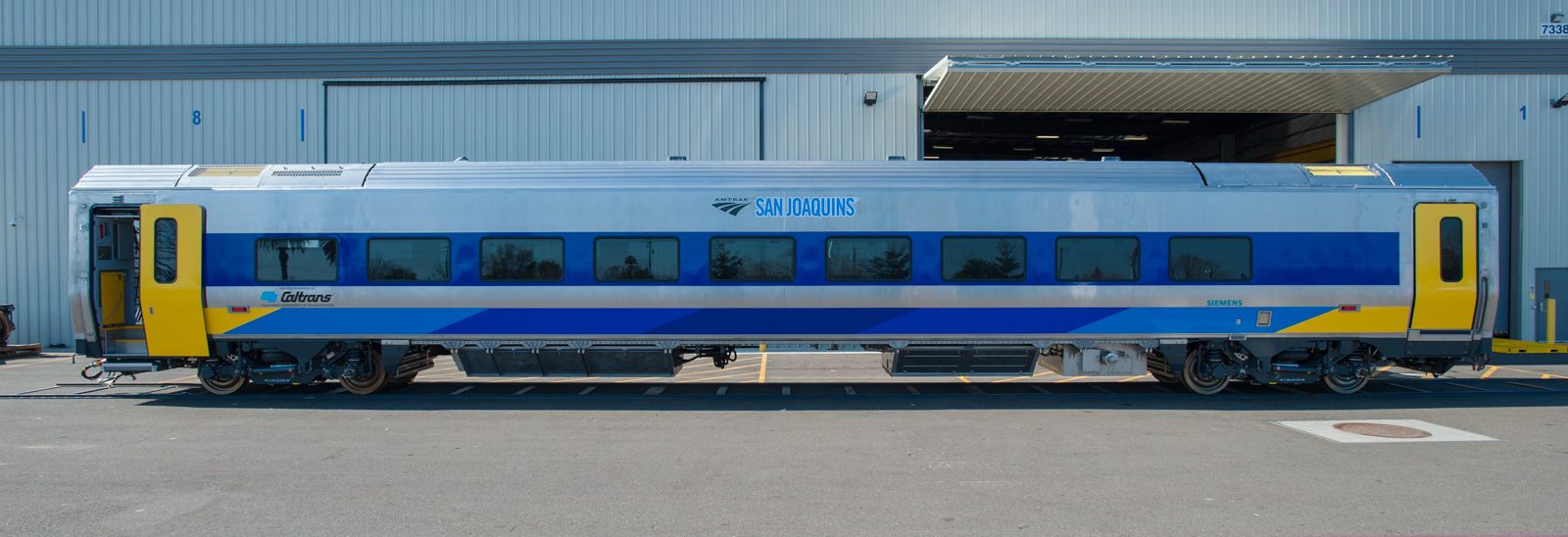Amtrak announces the bid winner for the Amfleet replacement contract. No surprises: it's Siemens, "Venture" series. NEC, Keystone, Empire Corridor, and other East Coast statie routes like the
Downeaster will all get the same single-level cars currently on-order for Chicago Hub and California. Which are in turn based off the Brightline cars that have been operating in Florida for a couple years and the new VIA Rail Montreal-Toronto-Windsor Corridor fleet. A small tack-on to the order will go to the
Cascades route to replace the retired Talgo trainsets. Amtrak, states, and Siemens have until some point this summer to finalize the formal contract that locks everything down including delivery dates, so for purposes of this press release Siemens is functionally "Builder-Elect"
The press release is worded real awkwardly, as they refer to "83 trainsets" worth of cars as if these are fully-integrated trainsets. They're not; they're regular loco-haul (Sprinter or Charger) coach trailers. Yet to be seen how many actual cars that entails. For whatever reason both the Brightline and VIA orders stick with the "trainset" nomenclature (though the Cali/Midwest order doesn't), but it's just marketing boilerplate. So far the Long Distance-configured Amfleet II's are
not subject to replacement in this order. That'll be taken care of on the options end, substituting an LD seating configuration.
The things are effing
GORGEOUS compared to the claustrophobic Amfleets, so despite Siemens being the transparently obvious pick for the bid from a mile away this news signifies a coming attraction legit worth it to celebrate. Yuuuuge windows, more interior square footage than the old tubes they replace, widebody vestibule doors, automated gap fillers for interfacing with gapped high platforms (i.e. we can build full-highs on freight clearance routes now!), and refreshingly lighter-weight. The interiors are comprised of modular snap-in sections loadable by popping off the end caps in the shop, which makes changing/updating the layout to refreshed livery and alternate configurations...literally...a "snap". And the statie routes will be able to offer partial-luggage alt. configurations from the standard coach template, meaning baggage/bike/ski handling can become a standard flavor on many more routes at lower operating cost than ever before.




.jpg)